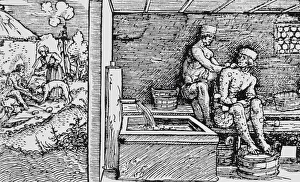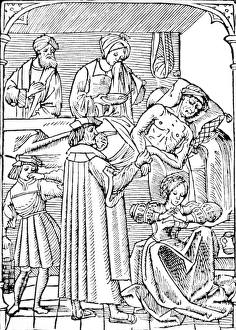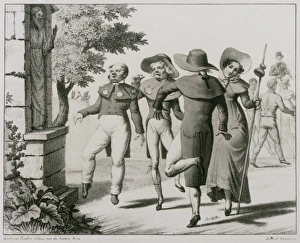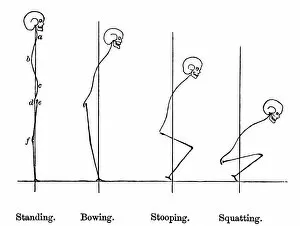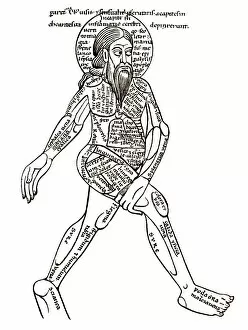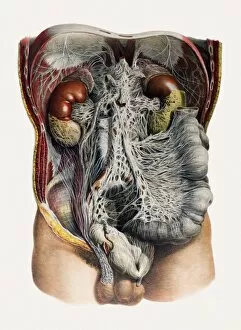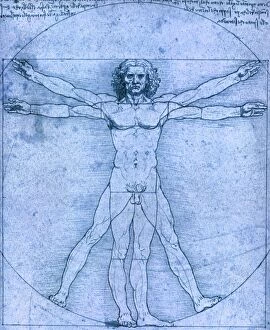Historical Image Collection (page 7)
"Unveiling the Enigmatic Past: A Glimpse into Historical Images" This captivating collection of historical images takes us on a mesmerizing journey through time
All Professionally Made to Order for Quick Shipping
"Unveiling the Enigmatic Past: A Glimpse into Historical Images" This captivating collection of historical images takes us on a mesmerizing journey through time, offering glimpses into various facets of human knowledge and understanding. Amongst these intriguing depictions lies a set of glass eyeballs, reminiscent of an era when Descartes' optics theory reigned supreme in the 17th century. Moving further along this visual odyssey, we encounter artwork showcasing biomechanics - a fascinating blend of artistry and scientific exploration. The Phrenology bust by L. N. Fowler catches our attention next, shedding light on the intricate study of cranial features as indicators of personality traits during that period. Delving deeper into anatomy, we are presented with detailed illustrations depicting the muscles of the neck and Leonardo da Vinci's meticulous drawing unveiling the intricacies of the human venous system. These masterpieces serve as timeless reminders of humanity's relentless pursuit to unravel nature's secrets. As we continue our voyage through history, a remarkable 15th-century diagram unveils a medical zodiac - an intriguing fusion between astrology and medicine prevalent at that time. Our eyes then fall upon an eerie portrayal from 18th-century France: a plague doctor donning his distinctive beaked mask amidst times plagued by disease and despair. The artistic realm once again beckons us with an evocative artwork featuring four apes captured in 1874 - perhaps symbolizing mankind's connection to its primal roots or serving as social commentary on society itself. Another striking image emerges from a woodcut dating back to the 16th century; it portrays Woundman – reminding us both vividly yet grimly about past medical practices. Concluding this captivating visual expedition is another glimpse at L. N. Fowler's phrenology bust – emphasizing how deeply ingrained this pseudoscience was within historical beliefs about human behavior and character assessment.




